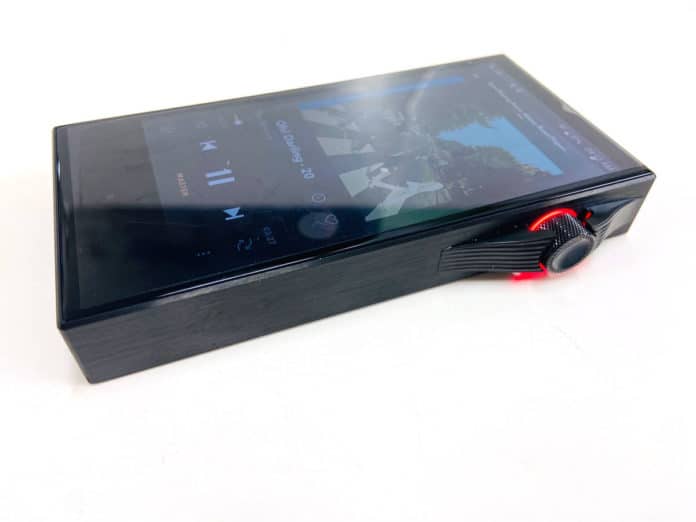The new SA700 bridges the gap between the lower-priced A&K players, like the SR15 and the ridiculously expensive high-end players, such as the SP1000. At $1299, what can you expect from the SA700 in terms of sound and design? And how does it compare to the other A&K models? Let’s find out in this Astell&Kern SA700 Review.
Astell&Kern SA700 Review
IN the BOX
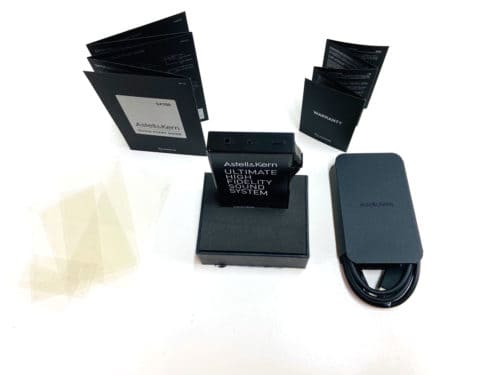
- SA700 player
- USB-C to USB Cable
- 2 Sets of Screen Protector Film, 2 Sets of Player Protector Film
- User Guide
- Warranty Card
DESIGN
Build and DAC Components
A&K borrowed from the design of their old classic, the AP120 by installing the colorful, retro volume dial on the SA700. It’s also got that boxy feel. But the technology used in the SA700 is something new entirely. For it’s dual DAC, A&K has employed AKM’s AK4492ECB DAC chips. It’s the first player to introduce these components, which use VELVET SOUNDTM technology.
Full disclosure: I own the SA700. So, this review may be biased. But before the SA700 came out, I was planning on spending less money on the SR15. I needed something highly portable for my commute, and the bigger A&K players were not only outside my price and range, but were also too big for my pocket. So, when my eyes fell upon the newly released SA700, it looked like the perfect size. The screen isn’t so small that you’re doing typos when searching for Tidal tracks. But the dimensions still fit comfortably in a dainty little hand like mine. Given that the SA700 is made from stainless steel, it’s quite a lot heavier than the SR15 and even the Kann. But, of course, the theory is that stainless steel is not only more durable but also offers better sound reproduction.
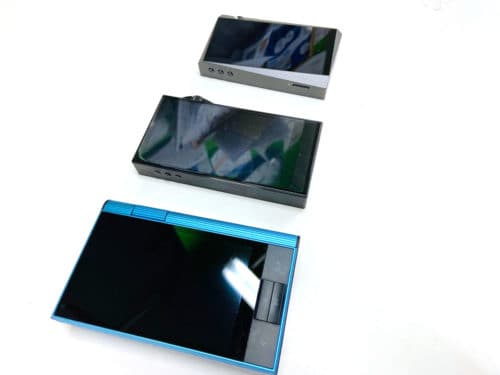
Storage
One nice feature about the SA700 is the internal storage capacity. It gives you 128GB of internal storage compared to the 64GB offered by the Kann and the SR15. Of course, you also have the option of external storage, which can capacitate up to a 1TB micro SD card.
Battery Life and Charging
The battery life is perhaps less impressive. In theory, you’ll get up to 8.5 hours of playtime. But in practice, the usage time seems a little shorter. The good news is that the player only takes about 4.5 hours to fully charge.
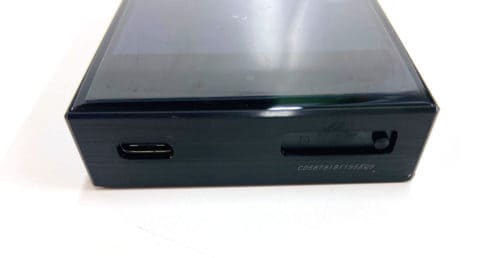
Inputs and Outputs
In addition to the unbalanced 3.5mm output, the SA700 also has a 2.5 balanced output. The player also has a setting to provide a line out if you want to use an external amp. In addition, there’s a setting that allows you to bypass the DAC of the player and use an external DAC for your digital to analogue conversion.
The SA700 employs a USB-C connection for charging and data transfer, which was another reason I went for it over the SR15. The SR15 is still stuck in Micro-USB city. Not only does Micro-USB take longer to charge, but this fading technology is also inferior to USB-C in terms of longevity
Bluetooth
The SA700 supports Bluetooth version 4.2. And yes, it has aptX HD.
Supported Audio Formats and Sample Rates
WAV, FLAC, WMA, MP3, OGG, APE, AAC, ALAC, AIFF, DFF, DSF and yes, MQA.
The SA700 offers bit-to-bit playback up to 32bit/384kHz and native DSD playback up to 11.2MHz
LED Indicator
The volume dial has an LED light that changes color depending on the bit depth of the track being played. It also changes the levels of red saturation depending on the volume level. Some might argue this feature is a little gimmicky. Luckily, you can turn off this LSD party in the settings menu.
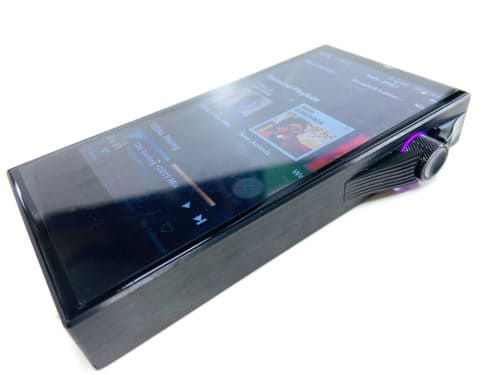
Open Source App Support
If you’re a streamer, an important feature to have on your player is Open Source App support. Let’s take Tidal as an example. With the built-in Tidal app that comes with the player, you are not able to download files for offline use. To download your files and listen to them offline, you will need to install an open source version of the Tidal app onto the player. Most of A&K’s older players also give you this option, thanks to a recent update the company has provided.
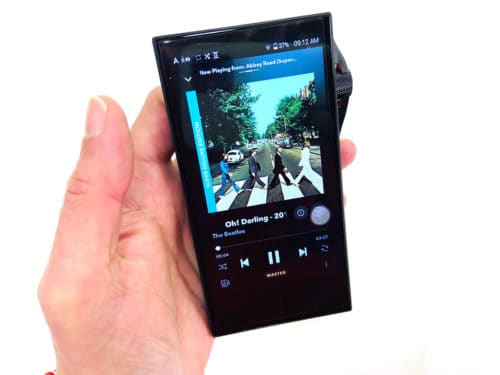
And yes, you should be able to download Tidal files onto an external memory card. But you will only be able to play them through the Tidal app.
Equalizer
If you must, there’s an available equalizer to play around with. But to be honest, any kind of tweaks I tried just compromised the sound quality. It didn’t matter how much I played with it, the sound was just better with the equalizer turned off. So, in short, I don’t think Astell&Kern wants you to use it. (Or at least, they don’t want me to use it). If you do, you may lose that A&K magic.
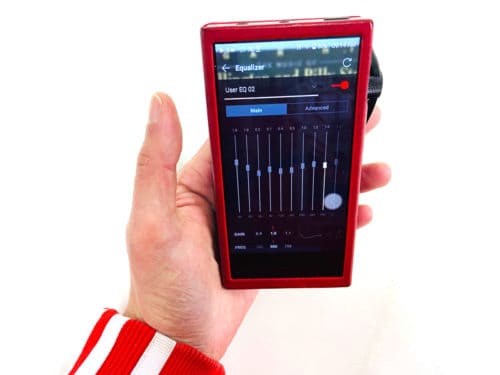
Left/Right Balance
Another neat feature for folks with a touch of unbalanced tinnitus is the left/right balance dial. If you’re losing hearing in your right ear, simply turn the balance towards the right.
WiFi
The only complaint I have about this sweet player is the wifi signal strength. To get full bars on on the wifi indicator, you have to sit very close to the router. When my iPhone indicates full bars, I only have 2 bars on the player. In fact, if I’m more than 15 feet away from the router, it takes forever to download a Tidal track. Sometimes, I just have to use the hot spot on my phone to get a decent signal on the SA700 even when the router is in relatively close proximity to the player. So, streamers might run into some frustration. Tidal can be a bummer in general. Even from your phone, MQA files can be tough to play without interruptions. So, I would find myself sitting near the router to search and download all my tracks. And then I would just use the SA700 offline with my downloaded songs.
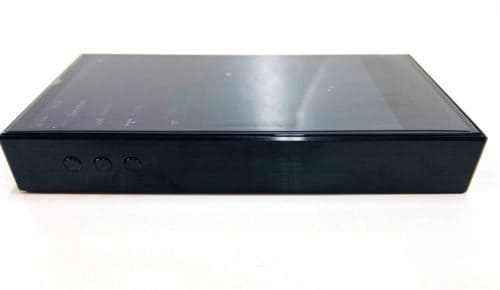
You can play/pause and skip through tracks using the 3 easy access buttons on the left of the player.
Driving Power and Pairings
The SA700 is ideally designed for IEMs and low impedance headphones. I paired it with the Campfire Andromeda, which is a highly sensitive little IEM, and it felt like a perfect match. No famous Andromeda hiss, and because the volume has so many gradations, there was no danger in me accidentally blowing my ears out like I did one time with the FiiO Q5 DAC.
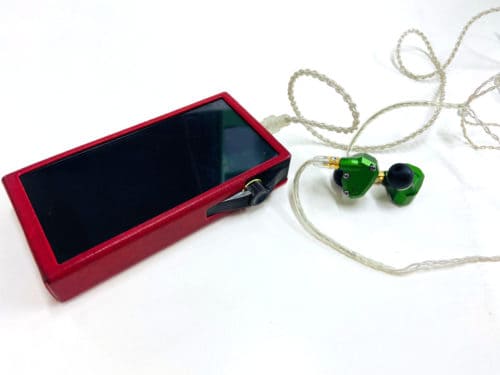
Paired with a low impedance planar magnetic headphone, like the Aeon Flow, there was reasonable volume as well. But these headphones may require a tad more driving power to reach their full potential. I also paired it with the DT 770 80 Ohms. Again, reasonable volume, but you had to push the volume towards the max.
SOUND IMPRESSIONS
To test out the sound, I used a couple of comparisons. I AB’d it with the Kann. And I also compared it to the FiiO Q5, as that’s the DAC I used before upgrading to the SA700. I know. I’m sleeping in my car. #worthit
The SA700 displayed some glaring differences from not only the Q5, but also the Kann (and SR15). Compared to the Q5, apart from the improved separation, the soundstage felt a lot more expansive. Big surprise. But when I AB’d the SA700 with the Kann, it was undeniable that the SA700 sounded more controlled with less resonance. It had a cleaner, smoother and more disciplined feel overall. The other notable element lies in the high frequencies. The SA700 has much less extension in the highs than something like the Q5. And for some, the SA700 might not present enough sparkle. But for folks like me who are sensitive to high frequencies, this missing element is welcome. Also, if you’re used to particularly “active” midrange where snares slap you in the face (like in the Q5), you may be hungry for a slightly more hard hitting sound. That being said, such a characteristic would take away from the enjoyably even-keeled character of this player.
At the end of the day, besides the fantastic resolution, the crazy level of control and seemingly zero distortion is probably what defines the SA700. The sound has a steadiness and solidity that is as apparent as the player’s physical weight. The imaging is also a lot of fun thanks in part to the great separation. And again, the balance is easy on the ears. No harsh upper mids and no uncomfortable brightness. I would have loved to compare the SA700 to the SP1000, but someone stole it from our MajorHiFi headquarters recently. We held a candlelight memorial last week.
PROS and CONS
Pros: Well-balanced; excellent resolution; highly controlled; perfect for sensitive IEMs.
Cons: Weak WiFi signal strength.
FINAL THOUGHTS
I can’t promise that the SA700 can come close to the performance of something like the SP1000 because I was unable to do an AB comparison. But I can say that it notably beats the performance of A&K’s cheaper models. So, yes, it’s worth the wad of extra cash over the SR15. And if you only plan to use your player with IEMs and low impedance headphones, I also think it’s worth the upgrade from the Kann, especially if you’re hungry for more internal storage. The portability factor is also a huge plus. And if you can tolerate the weak WiFi, I can confidently say it’s a solid investment, albeit a pricey one.
You can find the SA700 for the best price here:
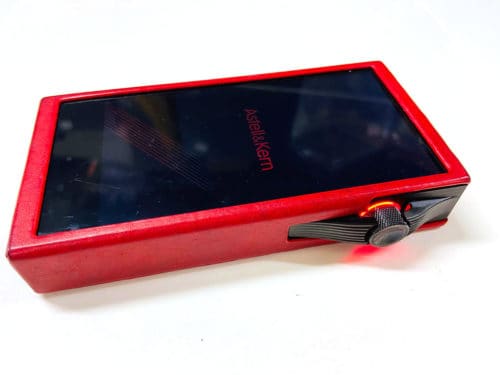 MajorHiFi may receive commission through retail offers.
MajorHiFi may receive commission through retail offers.
MAJORHIFI may receive commissions from retail offers.


